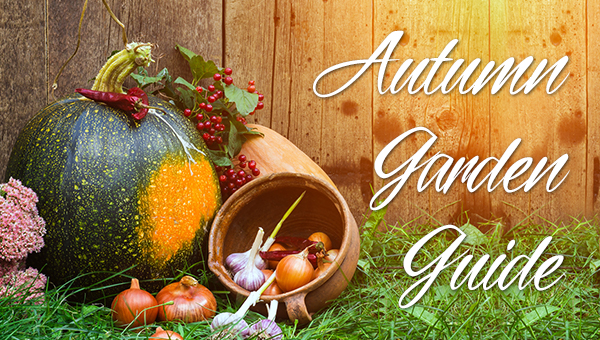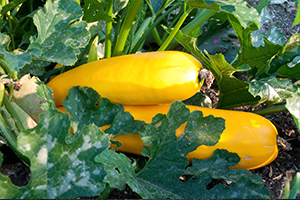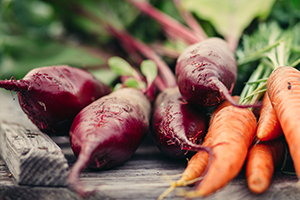Can't get enough of those tasty veggies?
Neither can we! If you've been thinking that it's too late to put in a garden this fall, rest assured there's still time to grow plenty of fresh food before the gardening season ends. There are some great plant choices with quick maturity dates for your fall vegetable garden.






